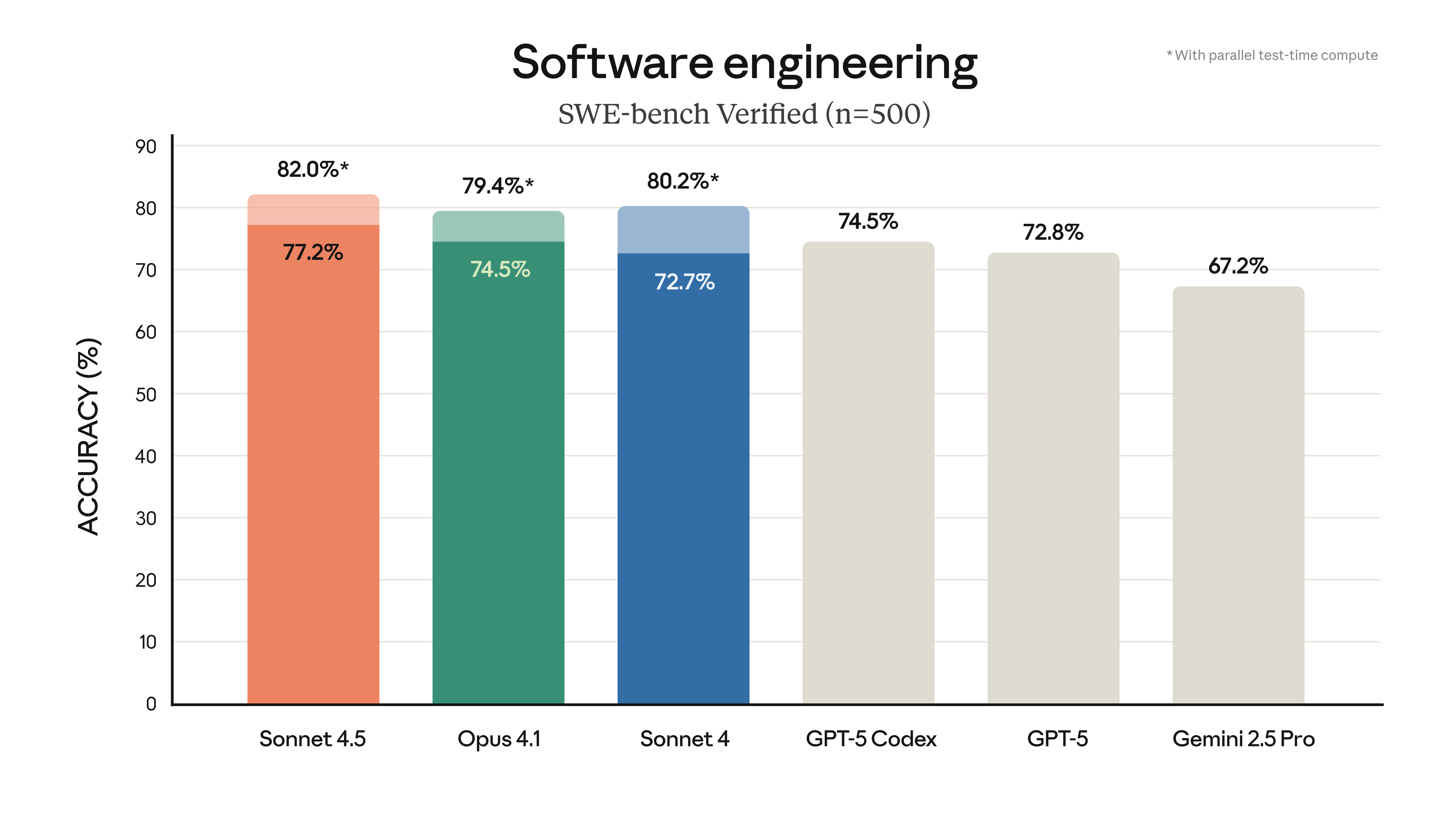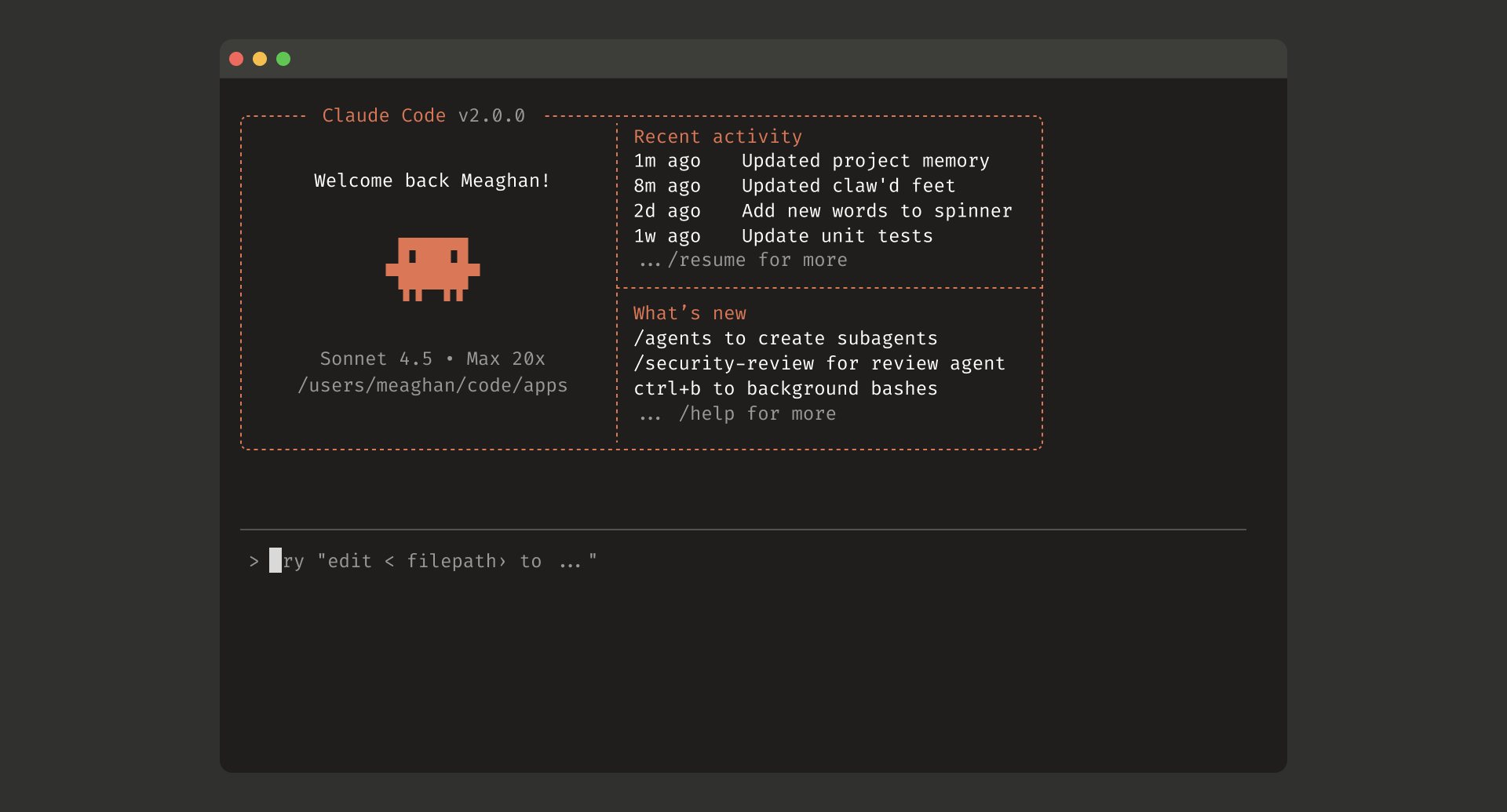Introducing Claude Sonnet 4.5

Anthropic has launched Claude Sonnet 4.5, positioned as the world's leading model for coding, complex agent development, and computer interaction, demonstrating substantial improvements in reasoning and math. This release is coupled with significant product enhancements, including checkpoints and a VS Code extension for Claude Code, and advanced context management for the Claude API. A key offering is the Claude Agent SDK, providing developers access to Anthropic's foundational agent-building infrastructure. The article highlights Sonnet 4.5's state-of-the-art performance on the SWE-bench Verified for coding and a leading 61.4% on OSWorld for real-world computer tasks, alongside dramatically better domain-specific knowledge across finance, law, medicine, and STEM. Anthropic also emphasizes Sonnet 4.5 as its most aligned frontier model, with reduced misaligned behaviors and enhanced defenses against prompt injection, operating under AI Safety Level 3 protections. The model is immediately available via API and apps at existing Sonnet 4 pricing, with a temporary research preview called "Imagine with Claude" demonstrating on-the-fly software generation.


![[Generative AI and Machine Learning Introduction 2025] Lecture 3: Dissecting Large Language Models](https://i1.ytimg.com/vi/8iFvM7WUUs8/hqdefault.jpg)









